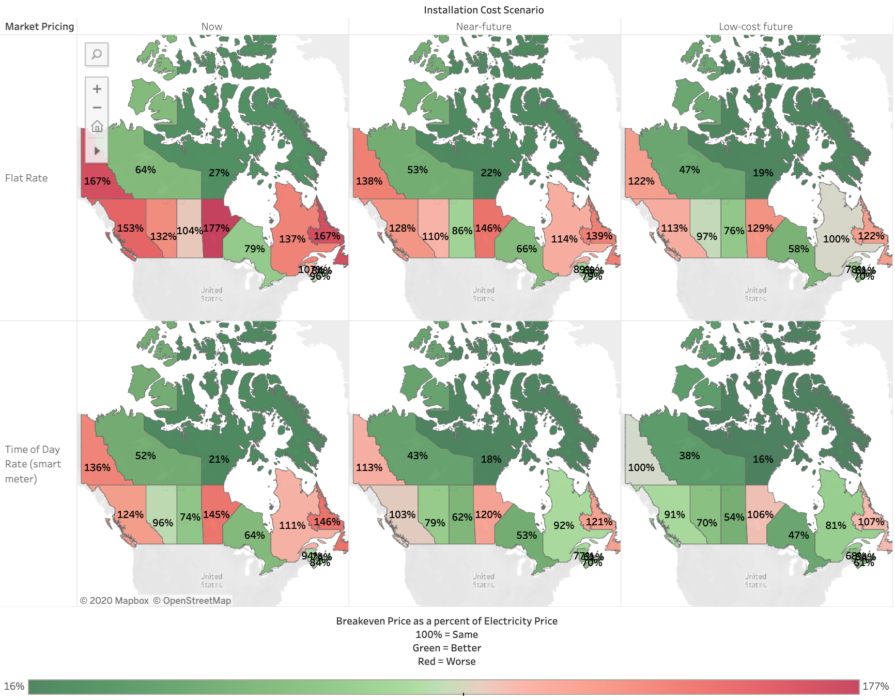Agrivoltaics: Integrating Solar and Agriculture is a Win-Win
Agrivoltaics is the co-development of agriculture and solar photovoltaics within the same land space. Ground mounted solar projects are commonly built in rural farmlands due to the abundance of relatively flat land. In fact, constructing solar panels on less than 1% of the world’s cropland is enough to generate electricity for the entire planet.
Avoid High Interconnection Costs for Solar Net Metering in Ontario
In the midst of uncertainty with the current state of government energy rebates, and as electricity prices continue to rise, Ontario’s case for Solar Net Metering is strong today and will continue to increase in value each year of operation. Solar equipment prices have come down significantly in the past 10 years and the low costs of equipment make it a great time to invest in Solar for your home or business.
Impact of Ontario Budget on Solar NEM Economics
On November 5, 2020 the Ontario government released a delayed 2020 budget, Ontario’s Action Plan: Protect, Support Recover. The budget outlines a number of actions that the government will undertake to support individuals and families in light of the unprecedented COVID-19 pandemic.
Economics of Solar Power in Canada
The Canada Energy Regulator (formerly the National Energy Board), published a report on the Economics of Solar Power in Canada (ESPC)[1] studying the financial viability of typical solar power projects in over 20,000 Canadian communities. While we’ve spoken quite a bit about the rapid drop in solar costs of the past 10 years, this report helps to give context not only to how far solar has come, but what we can expect in the near future. In many provinces across Canada, it is now cheaper to use solar compared to power from the grid.
Domestic Content Requirements: Are you prepared for an Audit?
The IESO’s annual audit cycle is happening right now and we have just finished another round of audit support. Since audits never come with fair warning, now would be a good time to ensure your DC documents are in order.
Top 5 Energy RFP Pitfalls
Whether it’s a public or private sector energy organization, many companies rely on Requests for Proposals (RFPs) to collect, evaluate, and determine the most competitive solution to ensure the success of their business and operations. A responding bidder is required to invest a large amount of time, effort and money into developing a submission to an RFP. In most cases, bidders must display some level of site control, at least have submitted an application for interconnection, and have completed at a minimum a desktop assessment of the natural and cultural heritage features on the project site and surrounding areas. By the time a bidder is prepared to respond to an RFP, they likely have already invested thousands of dollars into the initial development of the project, if not more. Increasingly, requirements for community outreach and engagement are being added to the RFP process, which adds additional effort for the bidder for community meetings, outreach, and to facilitate building the on-going relationship. There are any number of pitfalls that could cause your submission to be scored poorly or worse, terminated. Below are the top 5 RFP pitfalls that we’ve either helped our clients avoid or heard horror stories from clients’ previous experiences.







